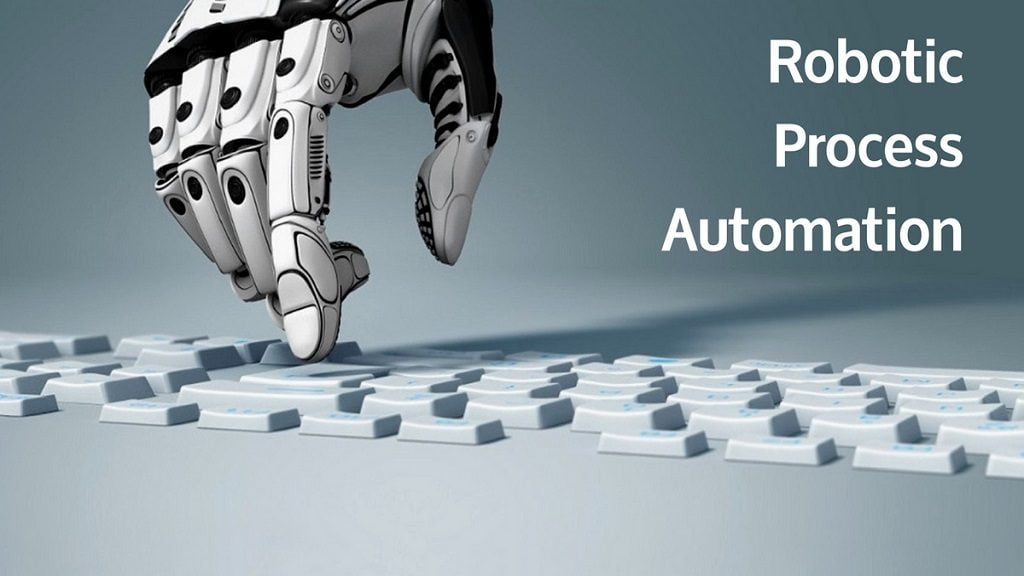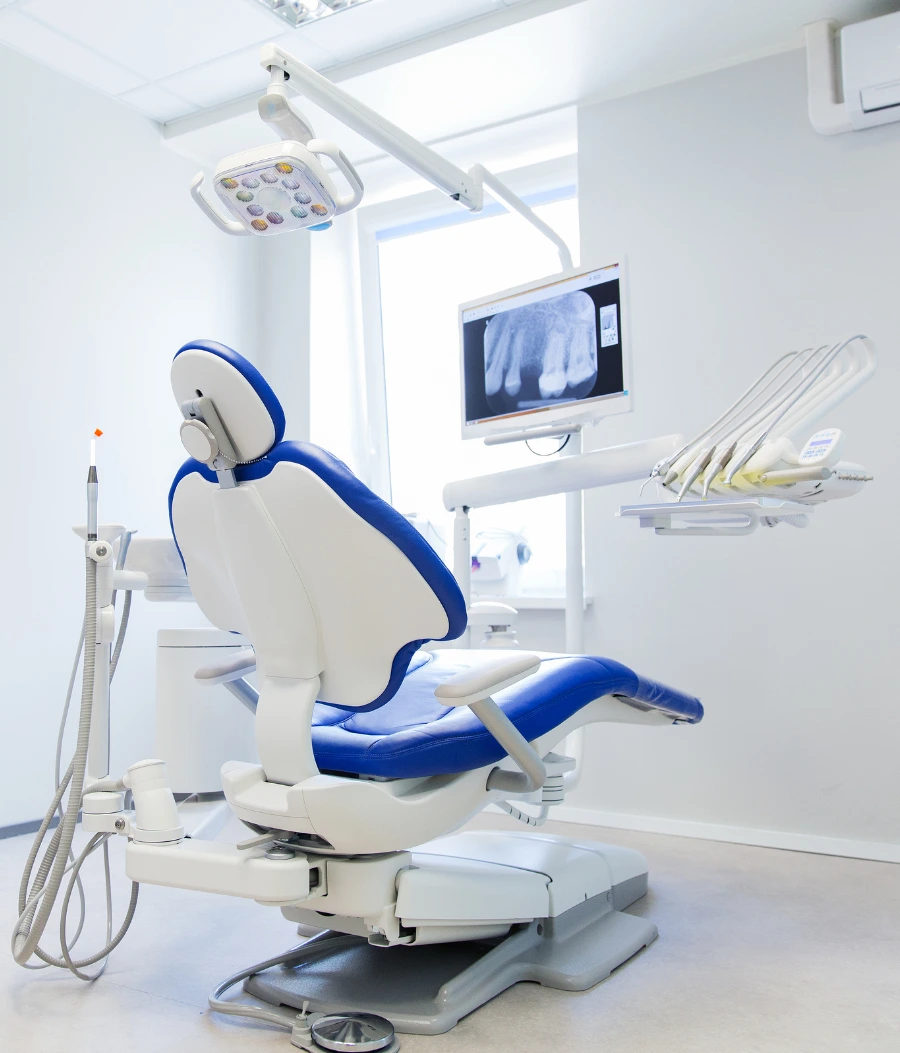Top 10 Automation and RPA Predictions For 2019
Here Are Top Ten Automation and RPA Predictions For 2019
Robotic Process Automation (RPA) is a growing type of process automation technology within the world of business. With RPA Solutions, the RPA system constructs the action list through learning how a user carries out a task in an application’s graphical user interface (GUI), and then the RPA automates the task by repeating the user’s steps in the GUI.
Here are the top 10 predictions for Automation and RPA Solutions in 2019.
1. RPA will start to be incorporated into small businesses.
Thus far, RPA have been solely integrated into large-scale organizations. As the year goes on, however, more and more small and medium-size companies will experiment with or pilot some RPA tools, at a very rapid pace. Speeding up this adoption of RPA by smaller companies will be RPA vendors designing technologies that will be attractive to smaller businesses, instead of being tailored for huge companies like in the recent past.
2. Data quality will be a top challenge for maximizing Artificial Intelligence (AI) capabilities.
Currently, monitoring and ensuring that data abundance and integrity is maintained is cited as a top issue for decision makers at a majority of organizations. As 2019 continues, many companies will discover that they must foster an environment rich with high-quality data. Creating this environment that’s filled with high-grade, abundant data will be essential for these organizations’ AI systems to process the information and carry out tasks as efficiently as they are expected to perform.
3. A tough competitive market will emerge in the field of using AI to gain new employees.
Predictions for the next decade show that several big industries will run into talent shortages, which means that the past methods for recruitment aren’t working as well in the present. More firms will start to rely on AI in selecting the right people for open positions.
4. Knowledge engineering will grow with the increase in AI adoption across industries.
As companies use AI in their recruitment efforts in 2019 and beyond, around 10% of large-scale organizations will seek out human experts, both internal and external to the organizations, to incorporate knowledge engineering into their AI-led recruitment processes. This way, the AI system can learn from and encode certain inference rules and form knowledge graphs based on the data provided by these internal and external experts.
5. Certain jobs will start to disappear, but more will be created through automation.
The rise of Robotic Process Automation systems and of AI will lead to some jobs becoming obsolete or in much less demand, but it will also lead to new job opportunities. While the workforce will have to adapt to these changes in automation, with new roles will be created to work with and through the RPA systems of the near future.
6. RPA systems and AI will begin to combine in 2019.
A significant number of businesses will form brand-new digital workers by putting AI tools together with RPA systems, rapidly improving the scale and breadth of their automated workflows. It’s predicted that about 20% of human service desk responsibilities will be unnecessary as those functions will be fully automated through RPA systems, chatbot programs, and cognitive systems such as machine learning and speech recognition.
7. RPA systems will see different aspects of data.
RPA will start to process not just data, but also track and process changes made to the data. This includes processes such as data conversion, data migration, and data integration.
8. 40% of businesses will create centralized automation centers.
Businesses will create automation centers that are centralized and are equipped to handle challenges in information control, security, auditing, and in change management.
9. RPA pricing will drop.
The cost of RPA systems will decrease due to a rise in cloud-based RPA subscription services, an increase in RPA providers and in systems integrators, and an increase in return on investment (ROI), leading to a decrease in the average price-per-seat.
10. Blurring between some C-suite positions.
The rise in RPAs, third-party support, and the cloud will lead to a merger of the formerly distinct responsibilities of an enterprise’s Chief Information Officer (CIO), Chief Technology Officer (CTO), and the Chief Data Officer (CDO).








